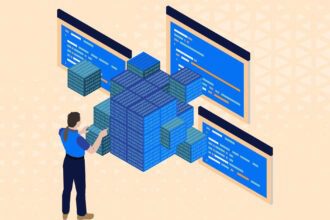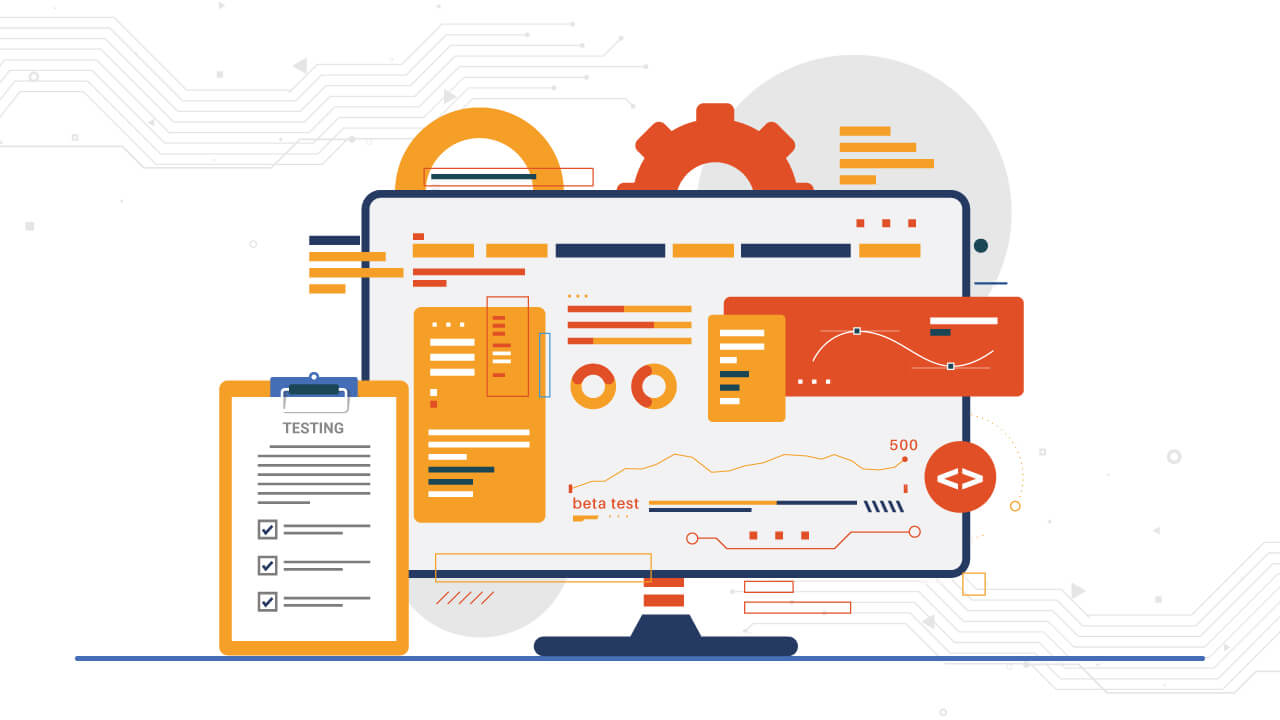
It’s beyond doubt that web development is a dynamic and complex field of work, which forces developers to possess different instruments for creating, testing, and optimizing websites or applications. Whether you are a front-end developer who focuses on making attractive user interfaces or a back-end developer who guarantees smooth functions, having the right tools may significantly influence output and effectiveness positively. This article highlights the ultimate 15 essential tools for web developer’s kit, including code editors and collaboration platforms.
Top 15 Essential Tools for Web Developers
1) Visual Studio Code
Visual Studio Code, commonly referred to as VS Code, is a powerful and lightweight code editor from Microsoft. It supports syntax highlighting, IntelliSense, and a wide array of extensions for various programming languages and frameworks. Numerous developers prefer it due to its flexible user interface and built-in Git.
2) Sublime Text
Developers who want to monitor amendments made to their source codes or collaborate with others can utilize a distributed system for managing versions called Git. By offering one central location for keeping repositories, monitoring concerns, and controlling teams, GitHub which is hosted on the cloud builds upon Git. Together they form the cornerstone of version control and joint efforts.
3) Git and GitHub
Git is a distributed version control system that allows developers to track changes in their codebase and collaborate with others. GitHub, a cloud-based platform, builds on Git by providing a centralized place to store repositories, track issues, and manage collaboration. Together, they are indispensable for source control and teamwork.
4) Node.js
Node.js is a JavaScript runtime built on Chrome’s V8 JavaScript engine. It allows developers to build scalable, high-performance web applications. Thanks to its non-blocking, event-driven architecture, Node.js is ideal for handling large amounts of data and requests. It’s particularly popular for server-side development.
5) npm
npm (Node Package Manager) is the default package manager for Node.js, making it easy for developers to share and reuse code across projects. Given the abundance of packages, npm has an extensive variety of reusable modules that save on development time and devote less effort.
6) Bootstrap
It is composed of an assortment of premade parts such as switches, configuration windows, and grids that manage layouts. Developers are thus enabled to swiftly generate and design beautiful web pages with little hassle. It provides various pre-built components including buttons, forms, and modals in addition to a grid system for proper arrangement control. As such, it enables developers to design and develop visually attractive web pages without much hassle.
7) Chrome DevTools
Chrome Developer Tools serve as a critical set of web development tools firmly embedded into Google Chrome. Developers can review elements, keep track of internet contemporaneous activity, and fix bugs in JavaScript simultaneously. With features such as Lighthouse which hold performance audits, it is therefore important for front-end developers.
8) Postman
Postman offers an advanced technique of API creation and experimentation that makes the APIs much easier to work with. Requests can be made and test endpoints checked, while testing workflows can also be automated by developers using the tool through its interface which is very friendly and ensures that the APIs are operating as they should; hence it is extremely important for all backend creators.
9) jQuery
jQuery is a quick, tiny, and full-content JavaScript library that makes HTML document traversal, event handling, and animation easy. For more than ten years, it has existed and it continues to be the first choice when it comes to going through front-end development chores.
10) Docker
Docker exists as a system whereby containerization is done. This implies that developers wrap their applications and related components into secluded packages. Therefore, there are similar situations in the production stages and development stages or even during staging phases of projects which lessens the common problem of “it works on my machine”.
11) Figma
A collaborative interface designing tool Figma allows our teams to make wireframes, prototypes, and other designs together. This is made possible by a real-time collaboration feature that enables developers and designers to work with ease in coming up with all-inclusive designs for the users.
12) Sass
Sass which is also known as Syntactically Awesome Style Sheets, is a CSS preprocessor that has variables, nested rules, and mixins among its features. The benefit of using it in styling is that it allows the developers to organize their codes hence making them maintainable as well as efficient especially when dealing with large projects.
13) Webpack
It’s a JavaScript application module bundler, in a sense Webpack. It takes care of compiling the bundles for different and multiple modules, optimizing resources, and maintaining their usability in the context of browser-based programs. Consequently, this is one of the most important resources for frontend developers due to its capability to follow dependencies and to retrieve them when needed.
14) MySQL
MySQL is a popular relational database management system used by many developers to store and manage data. It’s also widely known for its simplicity, scalability, and reliability hence its preference for use in database-driven web applications.
15) Slack
Slack is a tool for communication and collaboration, which helps teams cooperate better. It enhances the communication of developers with project stakeholders using channels, file sharing, and integration with popular developer tools like GitHub and Google Drive.
These 15 tools represent the backbone of modern web development, helping developers build better, faster, and more efficient applications. Whether you’re just starting or you’re an experienced developer, having a solid grasp of these tools will elevate your workflow and ensure success in your projects. By using the right mix of tools for version control, front-end development, collaboration, and deployment, you can streamline processes and focus on creating amazing web experiences.








